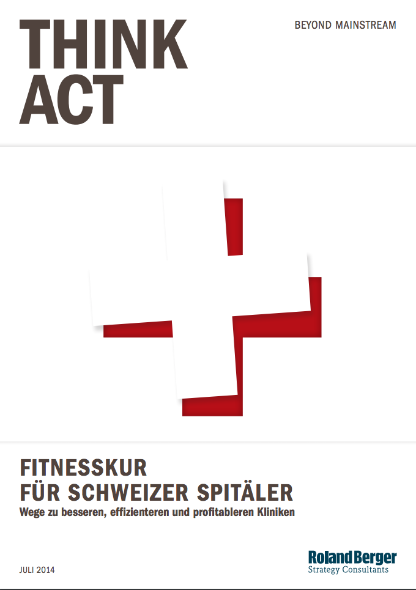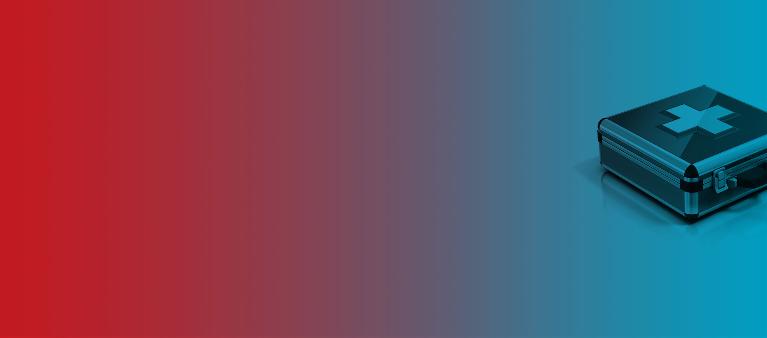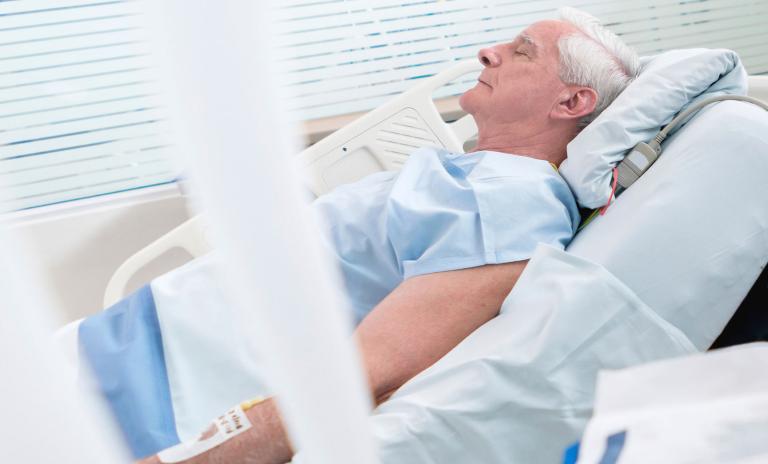A cure for Swiss hospitals
The hospital environment in Switzerland is in pieces.


The hospital environment in Switzerland is in pieces: The number of hospital beds per patient is far below the European average and the infirmaries are relatively small. Nevertheless, most Swiss clinics offer a large portfolio of treatment options, some with a rather low number of cases per procedure. Furthermore, many hospitals have outdated infrastructure. These conditions make it difficult to offer care that is both economically efficient and of the highest quality.
At the same time, Swiss patients have high expectations for their treatment. Indeed, they pay around 8,500 Swiss Francs per year for their health – that's 12% of the Swiss GDP pouring into the hospital sector. And health care costs continue to rise, as they have been for many years.
The Swiss government introduced in 2012 flat case rates, called the SwissDRG (Diagnosis Related Groups). Since then, payments are no longer made on a case-by-case basis, but rather categories of cases now cost certain fixed amounts. Cost and payment should thereby be transparent and similar, and disincentives such as long hospitalization time and overcapacity should be eliminated. The goal is to cut costs, improve the efficiency of the overall facility, and to fuel competition between clinics.
To demonstrate how clinics can brace themselves for the future, we have identified the key areas for action in the coming year: the professionalization of purchasing management, performance improvement, strategic management of reconstruction projects and the integration of organization after mergers of clinics.

The hospital environment in Switzerland is in pieces.
